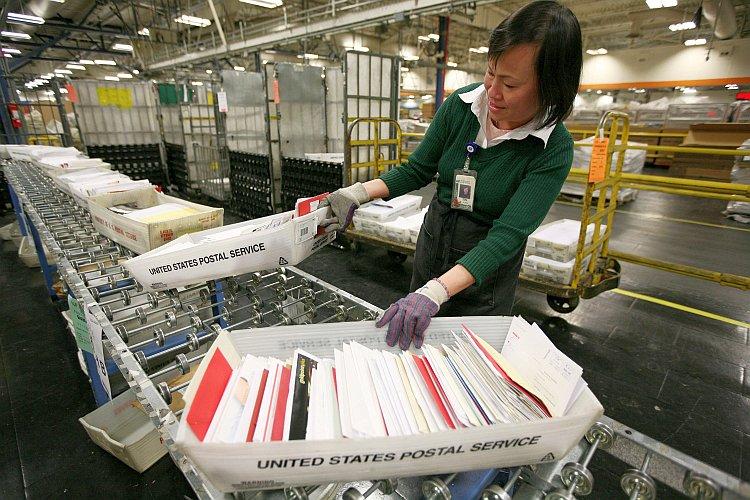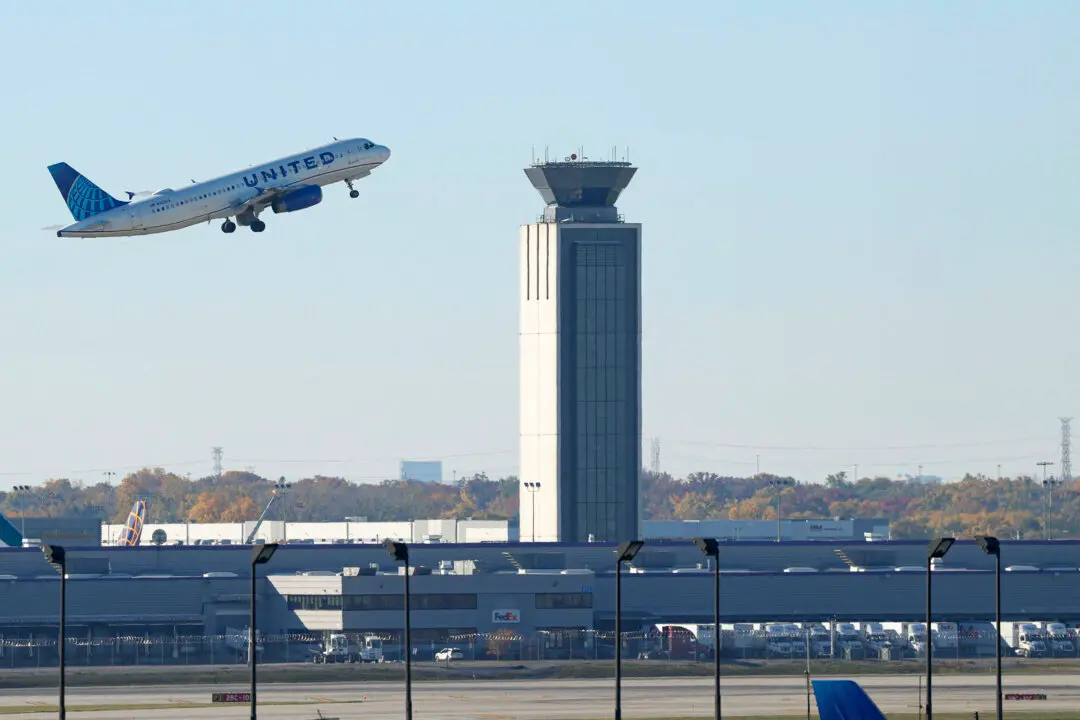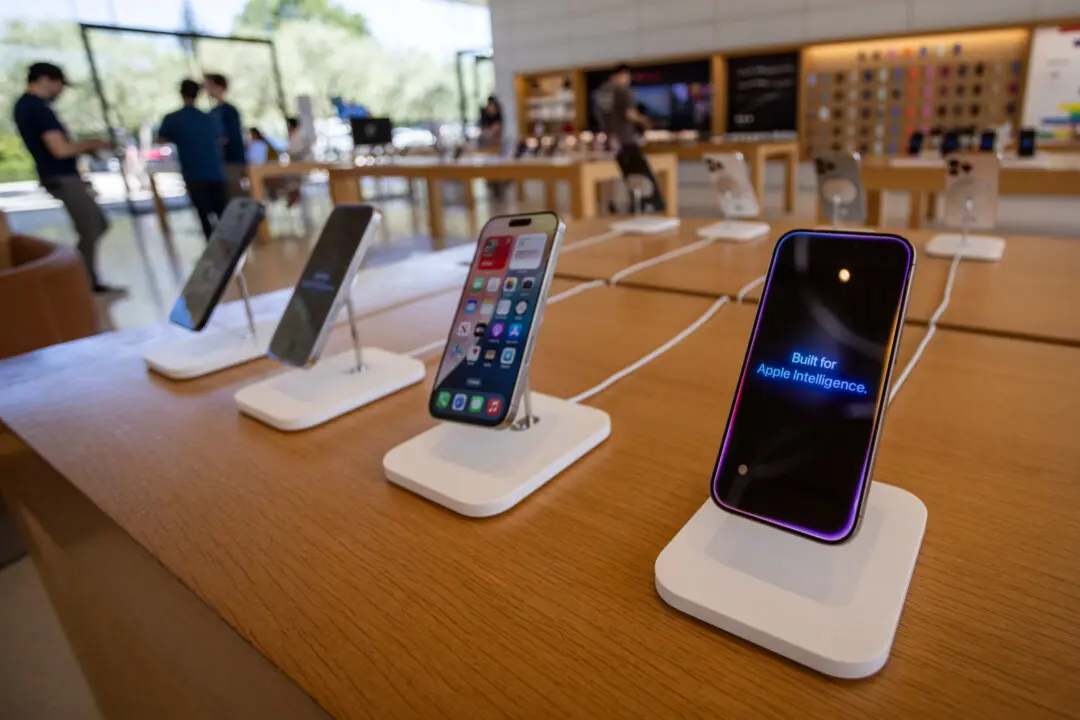The U.S. Postal Service this week said it will try to hike the price of first-class stamps by 5 cents starting this summer.
If the USPS gets its way, the price will increase from 68 cents to 73 cents, according to an announcement on April 9. It also filed a notice with the Postal Regulatory Commission announcing the plan, which would go into effect in mid-July 2024.





